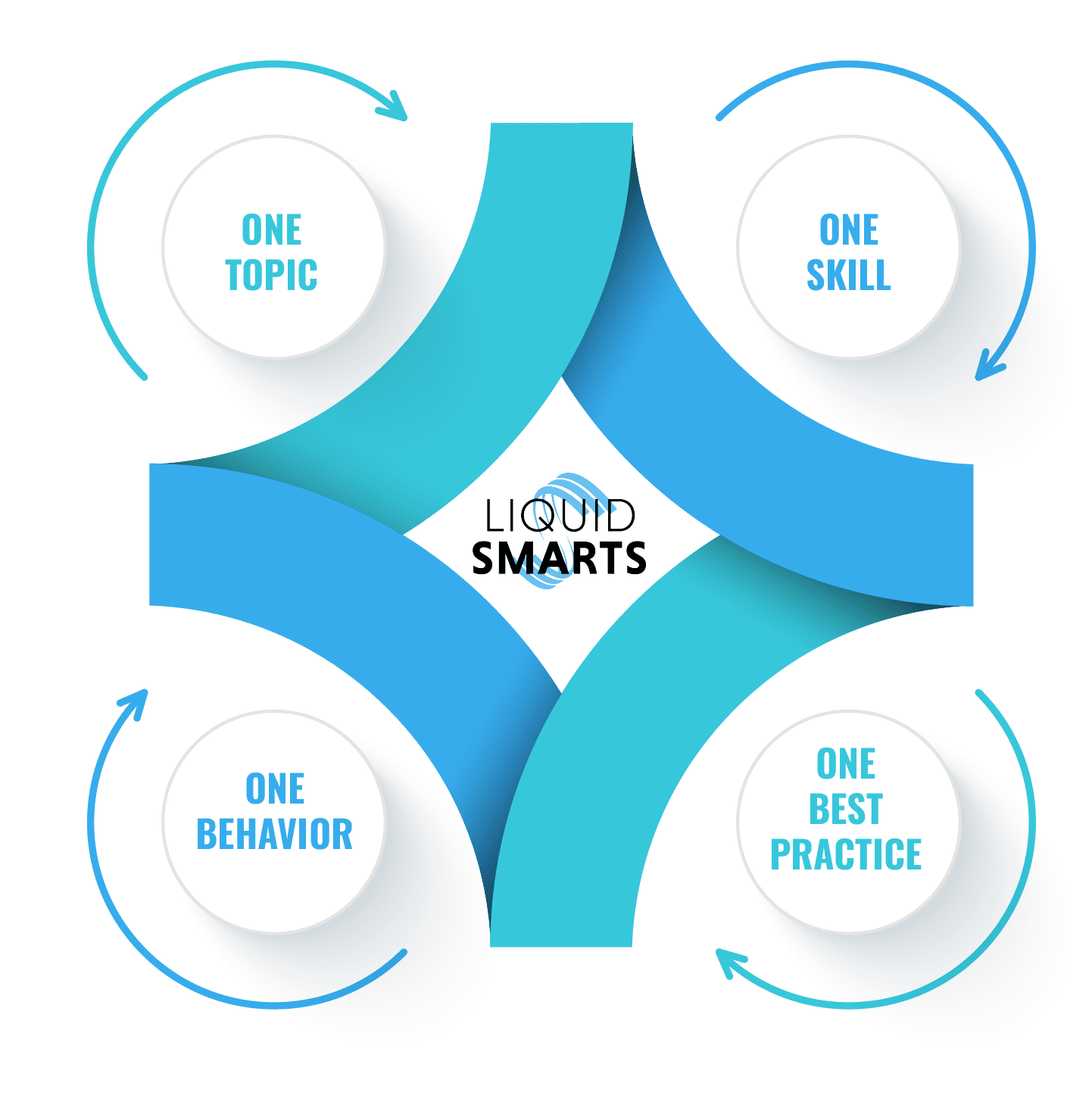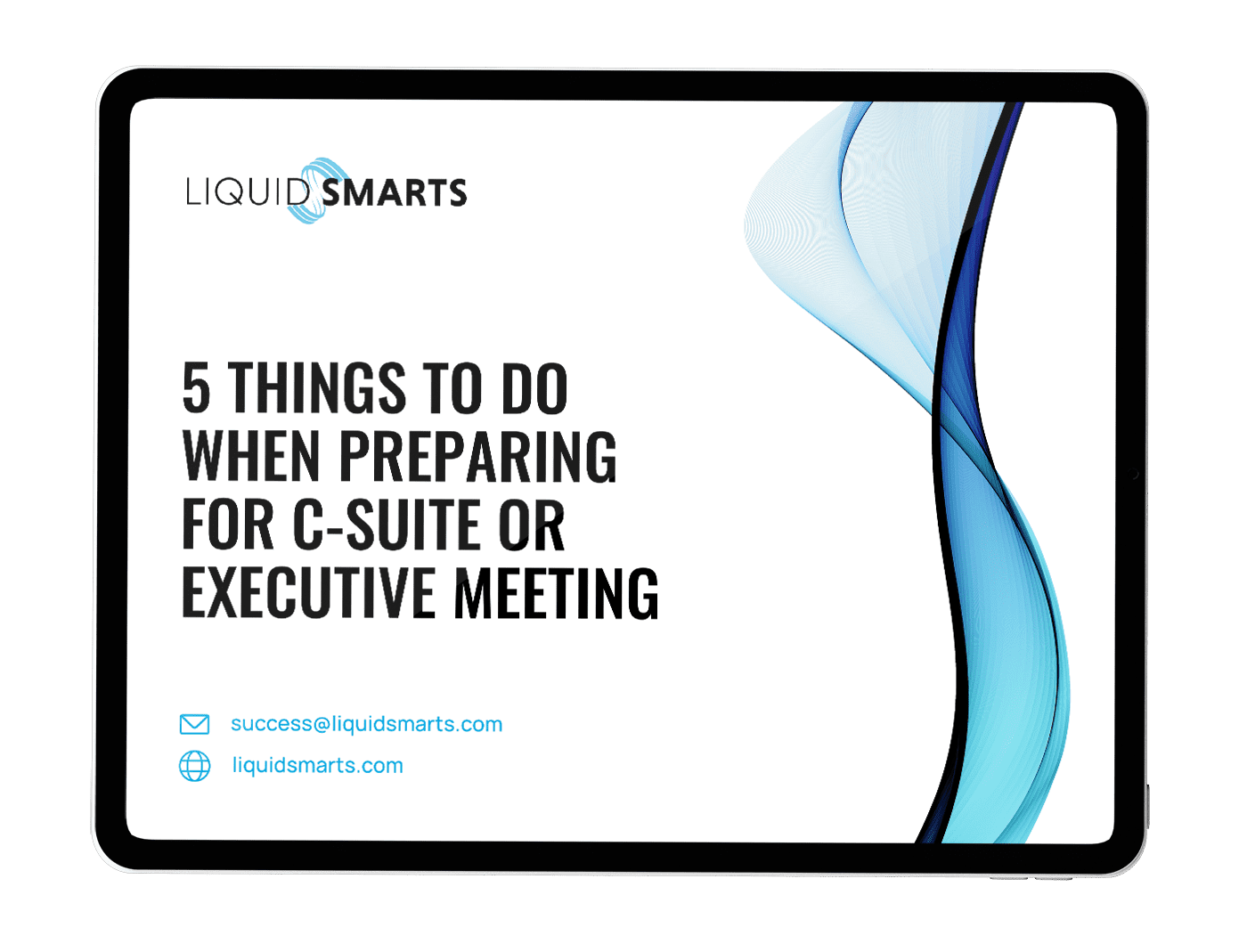As a leader, you understand the importance of investing in your team’s development. But while morale and engagement can improve due to coaching, it can be hard to measure the concrete benefits for an organization over time.
Measuring return on investment (ROI) in coaching is integral to making sound business decisions—after all, leadership accountability is key to success.
Let’s explore how leaders can identify and quantify tangible ROI when evaluating the outcomes of any internal or external coaching program they invest in for their teams.
Why Measure ROI in Coaching?
Measuring ROI in coaching is essential for many reasons:
- It helps justify the investment in coaching programs. Knowing whether coaching is the right investment for your company is challenging without measuring ROI.
- Measuring ROI allows you to identify areas of improvement and optimize your coaching investment accordingly.
- Measuring ROI provides accountability for coaches and ensures they deliver value to the company.
Tangible Benefits of Coaching Investment
Coaching has many positive impacts on employee performance and productivity. Some of the most tangible benefits of coaching investment include:
- Improved sales performance: Sales coaches help sales reps improve their skills and techniques, resulting in increased sales revenue.
- Reduced turnover rates: Coaching provides employees the support they need to succeed, making them more likely to stay in their jobs. Lower employee turnover rates reduce recruitment and training costs and improve team stability.
- Enhanced leadership skills: Coaching helps develop leadership skills, resulting in better team management, more effective delegation, and increased motivation.
- Increased employee engagement: Coaching builds better relationships between managers and employees, leading to higher employee engagement.
- Better customer satisfaction: Coaching allows employees to understand customer needs better, leading to higher customer satisfaction rates.
Methods for Measuring ROI
Measuring ROI in coaching requires a structured, data-driven approach. Here are some methods to use:
- Pre- and Post-Program Testing: By testing employee performance before and after a coaching program, you can quantify the impact of coaching on employee performance and ROI.
- Self-Reporting: Ask employees to evaluate their performance and progress after coaching programs; use this data to determine ROI.
- Revenue or Investment Growth: Compare the return on investment of the coaching program to the revenue or investment growth resulting from it. If the ROI is higher than the investment growth, it indicates a positive ROI.
Maximizing ROI
To maximize your coaching ROI, consider the following tips:
- Define coaching objectives: Clearly define your coaching objectives and how you intend to achieve them to ensure that your coaching program is aligned with your business goals.
- Measure progress and adjust: Regularly measure your coaching program according to the feedback.
- Ensure accountability: Ensure that your coaches are accountable for the ROI of their coaching programs.
- Focus on the right employees: Determine which employees will benefit most from coaching and invest in them.
Investing in coaching can have a great return on investment, so it’s essential to measure the tangible benefits of your program to ensure you and your team are getting the most out of your efforts. Doing so will help you better understand the areas where you stand to gain the most improvement and set concrete goals that allow you to achieve success and maximize ROI.
The methods mentioned in this blog post can give you a great place to start measuring coaching success. Ultimately, having a way of accurately measuring ROI in coaching will enable you and your team to work together towards improved performance with greater confidence.
Are you ready to start calculating the tangible benefits of coaching? Let’s talk.







